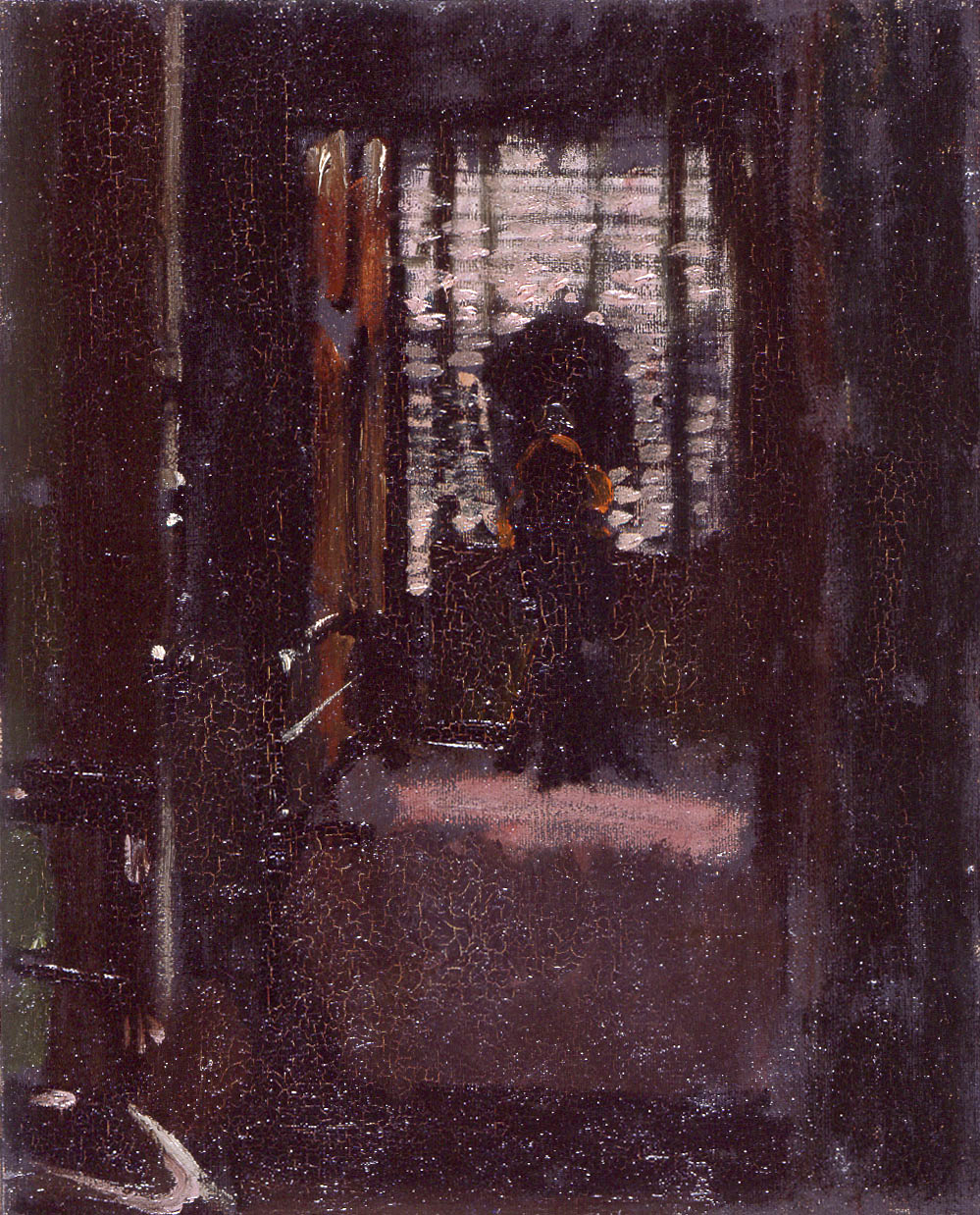The Camden Town Murder on:
[Wikipedia]
[Google]
[Amazon]
''The Camden Town Murder'' is a title given to a group of four paintings by
"Walter Sickert – murderous monster or sly self-promoter?"
''
Walter Sickert: The Camden Town Nudes. The Courtauld GalleryThe Camden Town Murder. Camden.tv
{{DEFAULTSORT:Camden Town Murder 1908 paintings Paintings by Walter Sickert Camden Town Prostitution in paintings
Walter Sickert
Walter Richard Sickert (31 May 1860 – 22 January 1942) was a German-born British painter and printmaker who was a member of the Camden Town Group of Post-Impressionist artists in early 20th-century London. He was an important influence on d ...
painted in 1908. The paintings have specific titles, such as the problem picture ''What Shall We Do for the Rent'' or ''What Shall We Do to Pay the Rent''. Januszczak, Waldemar"Walter Sickert – murderous monster or sly self-promoter?"
''
The Times
''The Times'' is a British daily national newspaper based in London. It began in 1785 under the title ''The Daily Universal Register'', adopting its current name on 1 January 1788. ''The Times'' and its sister paper '' The Sunday Times'' (f ...
'', 4 November 2007. Retrieved 13 September 2008.
The title of the group refers to the Camden Town Murder case of 1907.Wendy Baron, ''Sickert: paintings and drawings'', Yale University Press, 2006, , p. 73 On 11 September Emily Dimmock, a part-time prostitute cheating on her partner, was murdered in her home at Agar Grove (then St Paul's Road), Camden, having gone there from The Eagle public house, Royal College Street. After sex, the man had cut her throat while she was asleep, then left in the morning. The murder became a source of prurient sensationalism in the press. For several years Sickert had been painting lugubrious female nudes on beds, and continued to do so, challenging the conventional approach to life painting—"The modern flood of representations of vacuous images dignified by the name of 'the nude' represents an artistic and intellectual bankruptcy"—giving four of them, which included a male figure, the title, ''The Camden Town Murder'', and causing a controversy which ensured attention for his work.
The paintings do not show violence, but a sad thoughtfulness, explained by the fact that three of them were originally exhibited with completely different titles, one more appropriately being ''What Shall We Do for the Rent?'', and the first in the series, ''Summer Afternoon''.
Sickert's treatment of the murder can be connected with his obsession with the serial killer Jack the Ripper
Jack the Ripper was an unidentified serial killer active in and around the impoverished Whitechapel district of London, England, in the autumn of 1888. In both criminal case files and the contemporaneous journalistic accounts, the killer w ...
, who murdered five prostitutes in London 20 years earlier. Patricia Cornwell argued that Sickert himself was the Ripper, though this theory is not taken seriously by most experts, in part because Sickert was probably in France when the murders took place.
Sturgis, Matthew (3 November 2002). "Making a killing from the Ripper". ''The Sunday Times
''The Sunday Times'' is a British newspaper whose circulation makes it the largest in Britain's quality press market category. It was founded in 1821 as ''The New Observer''. It is published by Times Newspapers Ltd, a subsidiary of News UK, w ...
''

References
Further reading
*Wright, Barnaby, et al., ''Walter Sickert: The Camden Town Nudes'', The Courtauld Gallery, London, 2007.External links
Walter Sickert: The Camden Town Nudes. The Courtauld Gallery
{{DEFAULTSORT:Camden Town Murder 1908 paintings Paintings by Walter Sickert Camden Town Prostitution in paintings